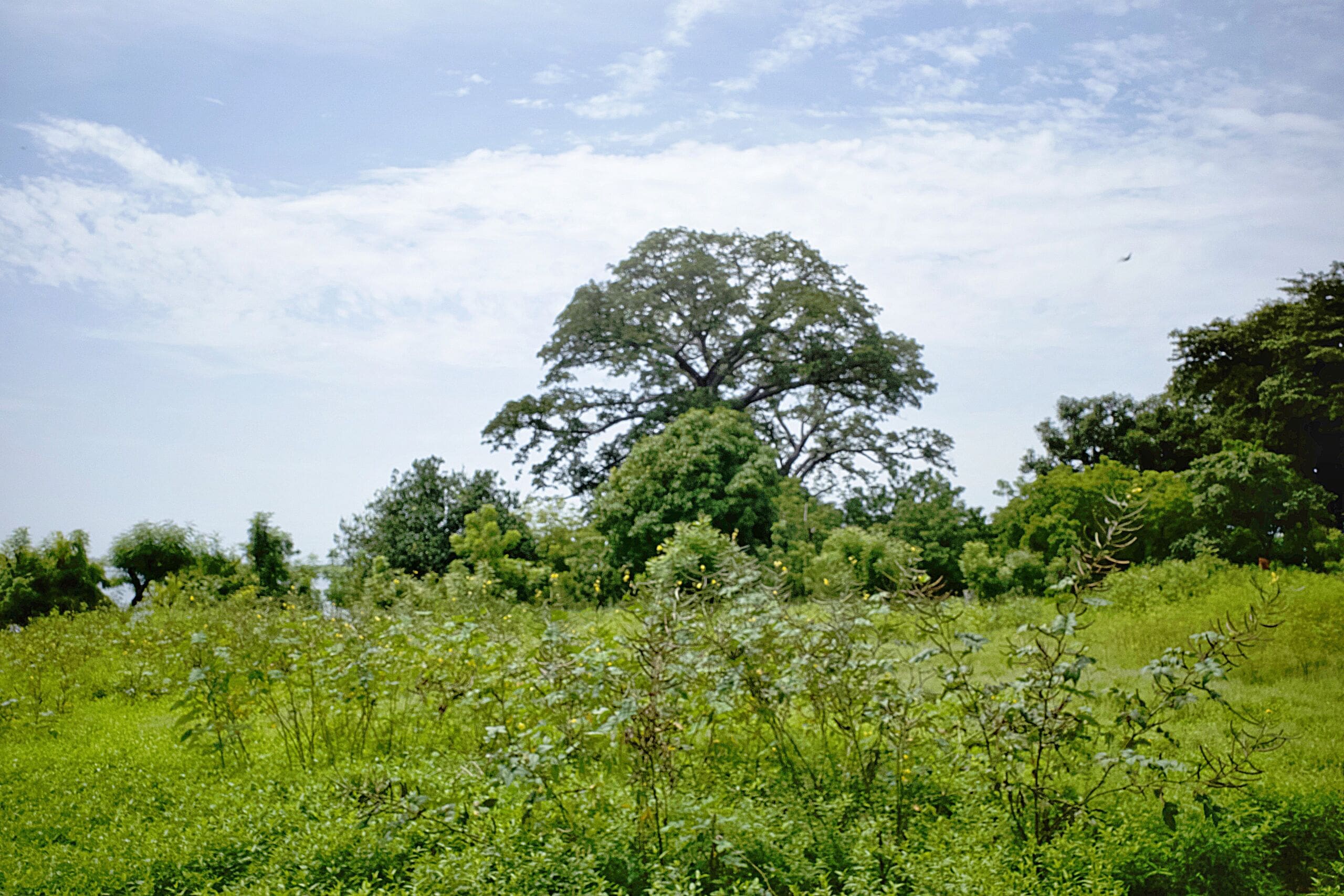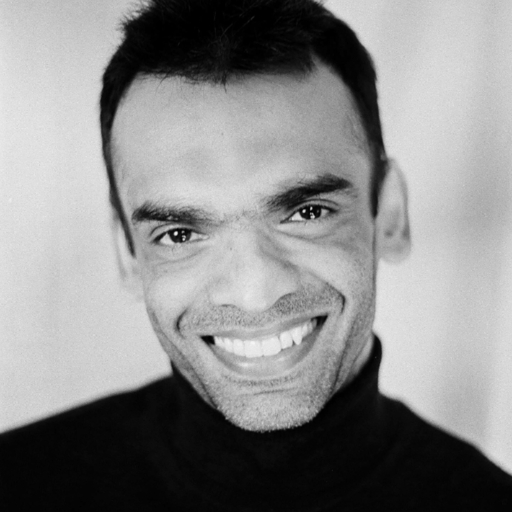In Senegal's Djola lands, the fate of forest and culture go hand-in-hand
Why It Matters
Understanding the interconnectedness of culture and nature in Djola society highlights the need for conservation efforts that respect Indigenous traditions and the profound impact of environmental change on intangible cultural heritage.
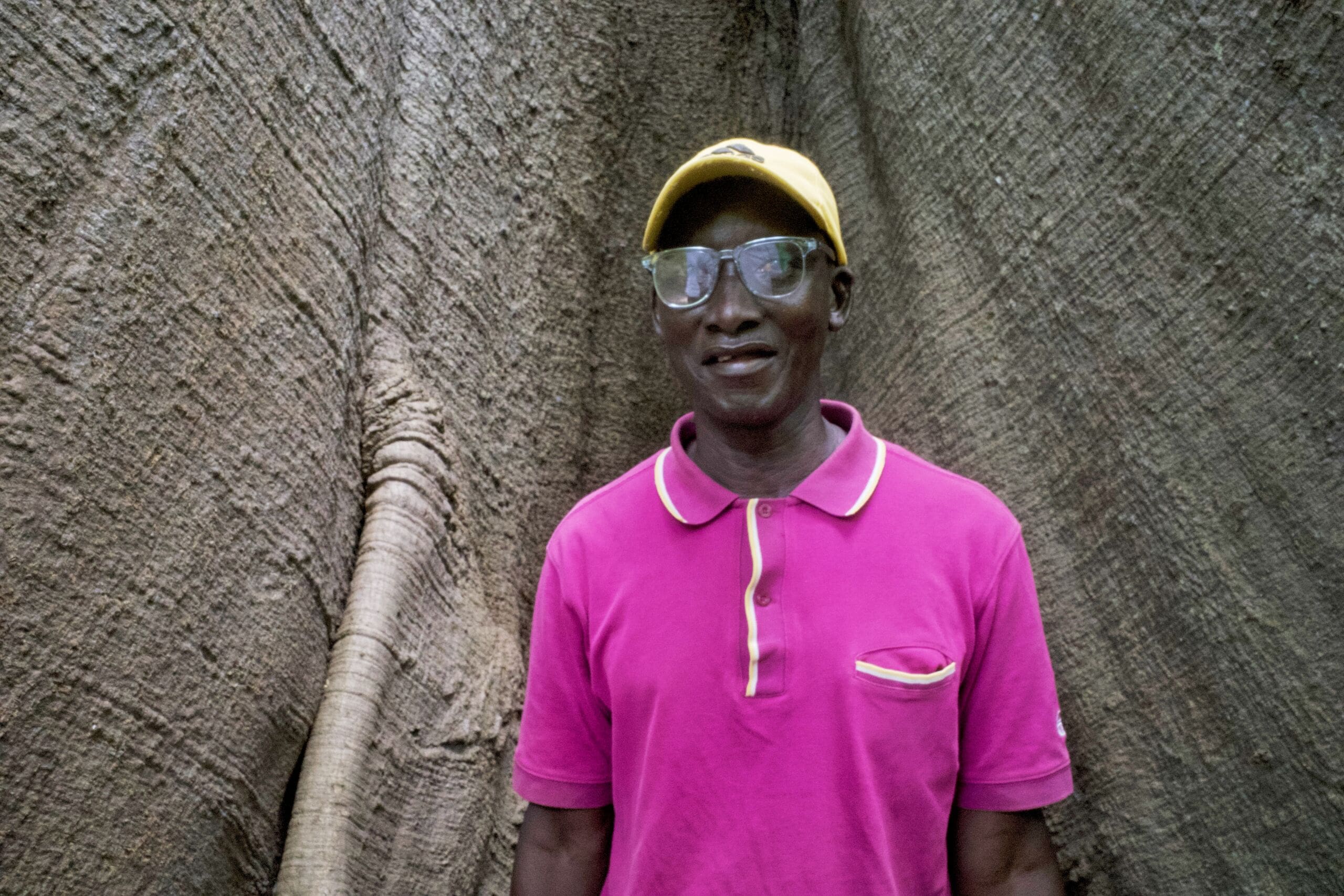
Where the uninitiated see trees, Manlafy Kanté sees a forest full of mysteries.
Standing on a path leading to a dense wall of vegetation near the village of Bona, in Senegal’s Casamance region in the south, the cultural expert explained the woodland’s ability to both hide and reveal.
“When you’re outside, you can’t see a thing, but someone inside the forest can see you,” Kanté said.
“That’s the mystery around the Kankourang.”
Bona is part of Badala, an Aire et territoire du Patrimoine Autochtone Communautaire (APAC), or the Indigenous and Community Conserved Area.
Managed by local communities and recognized by the state, APACs work to preserve ecosystems within their borders while balancing the needs of existing settlements.
Thousands of people, scattered across a dozen villages, call Badala home.
Bona’s residents are Djola, an Indigenous people of the Casamance who are the majority ethnic group in the region but comprise just four per cent of Senegal’s overall population.
Despite converting to Islam and Christianity over the past few centuries, the Djola maintain traditional animistic beliefs, which include the Kankourang, a being that champions justice and order, fights evil spirits, and helps young boys transition to adulthood through rites of passage.
A unique cosmology regulates Djola society, centred on the sacredness of forests and totems and the ritual initiation of boys into the social order.
“The Kankourang is a guardian,” Kanté said. “All disputes are forbidden in our communities. When you have a dispute, you have to go and see your chief, and they’ll talk it over amicably before the whole village knows about it.”
“But if you continue to argue or fight, it’s the Kankourang who settles it.”
The Kankourang also ensures respect for natural cycles, promoting economic stability by managing the harvest season.
“For example, before the fruit is ripe, the Kankourang instructs people that from such and such a time to such and such a time, you are not allowed to pick fruit,” Kanté said.

Kanté would not allow anyone to go past the point where he stood.
Behind him, inside the forest, is where Kankourang masks are kept. When the Kankourang appears, he hides his face and body behind a mask and costume made from baobab bark, a tree that holds spiritual significance.
Very few know the identity of the person who appears as the Kankourang, and masks can’t be seen by those who don’t wear them. Invisibility is central to the Kankourang’s sacredness.
Despite its centrality to Djola culture, the Kankourang has been desacralized recently due to increased visibility resulting from the commodification of culture, turning a sacred being into a spectacle.
This includes UNESCO, which inadvertently increased its visibility by inducting it into the Intangible Cultural Heritage of Humanity.
At the same time, the Djola animistic traditions, which are tied to the natural world, face pressures due to environmental loss.
Overlogging, a growing population, changing demographics, industry, and rising sea levels have decimated natural areas in recent decades.
If the trees go, the forest thins and the sacred is exposed. The sacred that’s visible is no longer holy.
Animism and conservation
Anthropologists have noted that forests are “places of communion, transmission of collective memory and recognition of identity” for many groups in West Africa.
Forest conservation, as understood by development practitioners, is not the goal of mythical figures such as the Kankourang. The forest is protected because animism exists.
The Djola don’t seek to protect the forest for its biodiversity; they seek to protect a philosophy of life, a way of being in and relating to the world.
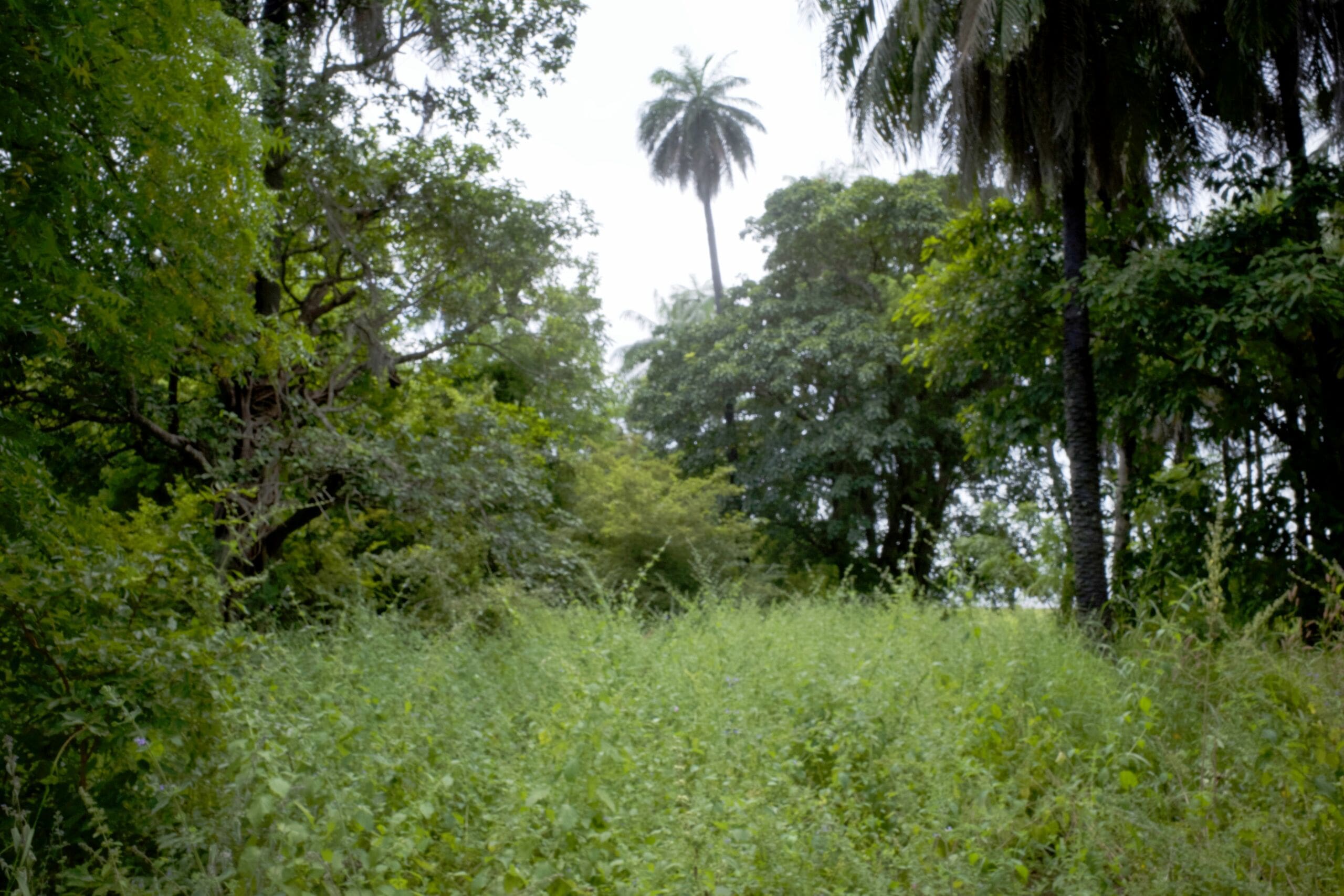
Yet, animism, the belief that the natural world is alive, can be accompanied by state and NGO-led conservation efforts. Badala is a case in point.
The Quebec-based Société de coopération pour le développement international (SOCODEVI) assists Badala and other APACs with forest restoration as part of its Natur’ELLES project, which supports Senegal’s vulnerable mangrove communities.
“The site is already safeguarded by the population. If projects like Natur’ELLES reinforce it by reforesting, the cultural identity will be better preserved,” Kanté said.
More than trees
Seydou Sané, an elder from one of the Badala villages, further explored the significance of the forests for the Djola.
Sitting under a tree shade by the shores of the River Casamance, he said the “forests serve as courthouses, places for reckoning, resolution, and addressing problems. The community consider them integral to their lives.”
Sané gave an example from the country’s civil war, which lasted from 1982 to 2014 and involved the independence-seeking Movement of Democratic Forces of Casamance and the state of Senegal.
The environment was severely damaged due to the fighting, and the timber was sold illegally by the warring parties to raise money for arms.
According to him, the rebels raided the area in 1992, and the villagers took to the forest for refuge and prayer. The month was March, the dry season in Casamance. But it rained heavily during that time, Sané said.
“This suggests the prayers were answered, which led to the rebels’ withdrawal from the area.”
He added Badala is known beyond its borders because of this virtue.
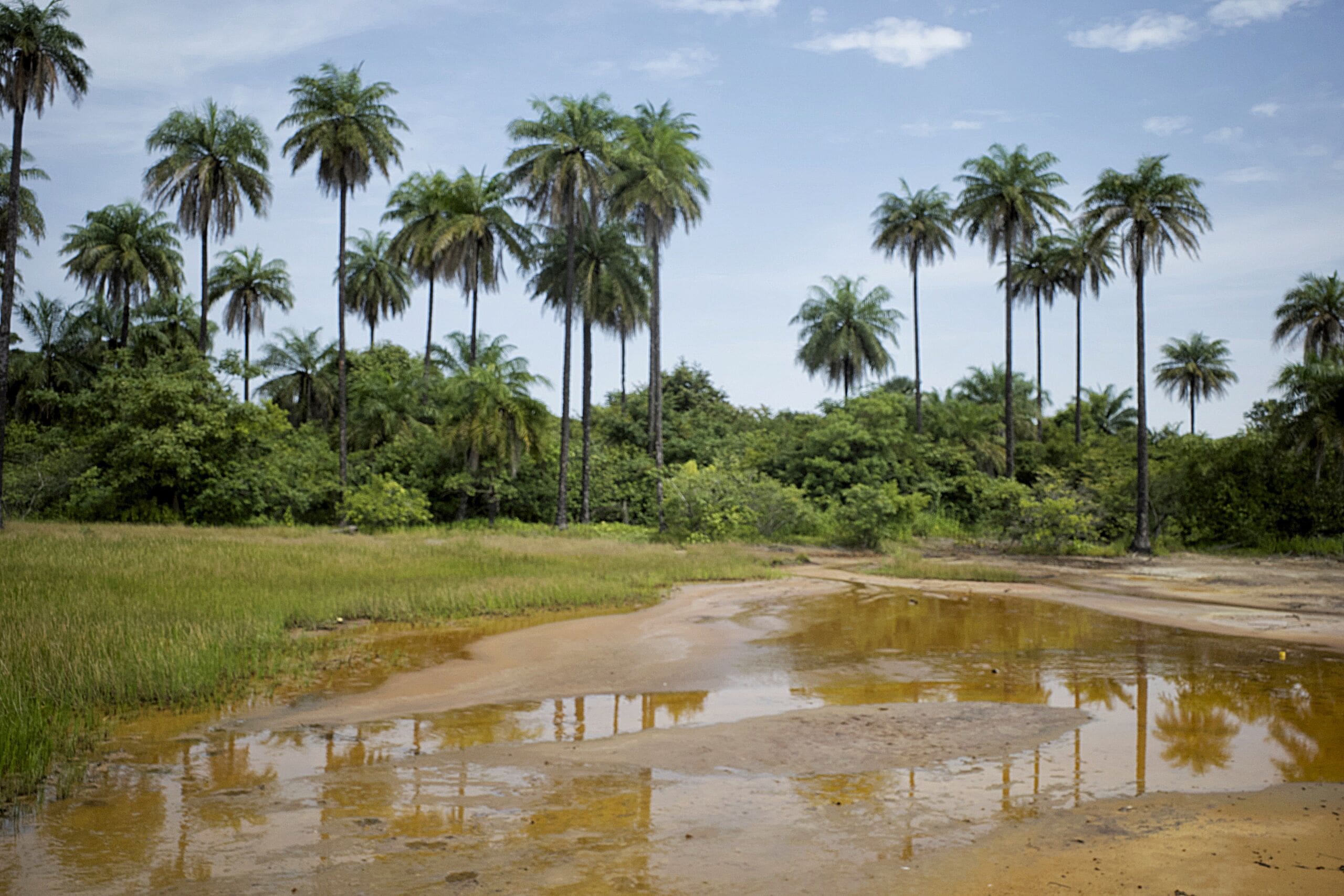
The forest management rules are well-established, anchored by knowledge passed from generation to generation, and surveillance committees ensure they are followed.
“Even a traditional practitioner or a Quranic marabout must adhere to protocols,” Sané said. “Monitoring committees oversee even the process of root extraction. They dictate the precise depth and location for cutting.”
Protecting forests against fire is of paramount importance. Committees organize forest cleaning and other measures to ensure protection.
“If a fire ever penetrates this area, the misfortune will have severe consequences for the perpetrator,” Sané said, adding that those disrespecting the forest are subjected to curses.
“This ensures that anyone within or near the forest is acutely aware of the danger of starting a fire. Even a cigarette smoker passing through the forest ensures his cigarette is extinguished due to these rules,” he said.
Whispers in the wood
A short boat ride from the shore, where Sané explained the forest cosmology, is another APAC, Koureye.
On the way, one of the boats’ engines stopped running, and it appeared they weren’t heading in the right direction. A few minutes later, the engine restarted, and the boats navigated toward one of the small Koureye islands.
Once on the island, Kanté, Sané, and others explained what had happened. They said you first need to ask for the right to enter. When the engine stopped, and they took the wrong route, Kanté said he asked Sané if he had requested permission.
The boats moved after the permission was granted.
The forest guardians are old families, and those who wish to venture need to pray to the elders, either in person or in their spirit, to whom the sacred forest is entrusted. They grant the permission.
This particular forest is sacred because it hosts totems. In Djola culture, animals can be totems, and each family has an individual totem.
People visit the forest to look for signs before undertaking important activities.
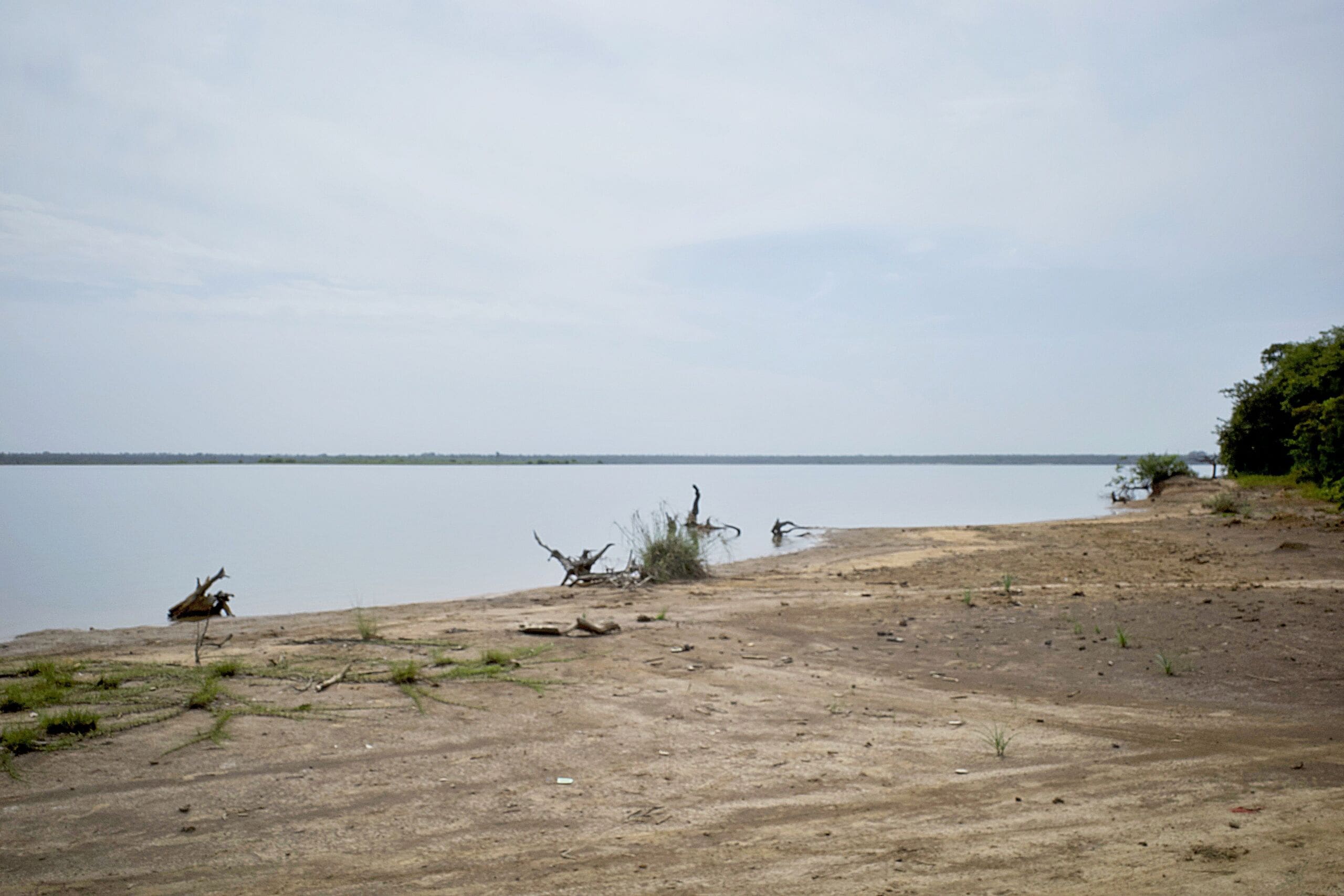
“The signs indicate whether what you want to do can succeed. Some signs show that what you want to do, you shouldn’t do,” Kanté said.
The natural world signals the right time for a Djola boy to be circumcised, a rite overseen by the Kankourang.
The sign is a hippopotamus, Kanté said, a totem representing fertility and abundance. When people come to the forest and see a hippopotamus parade, they know it’s the year to perform this traditional rite.
Totems also emit warnings.
“If you hear a monkey screaming three times in the north, and the next day you hear the same scream in the south, and on the third day, if a monkey shouts on the big kapok tree by our cemetery, there will be a death in the village—either a person will die in the village, or a resident or native of this village elsewhere will die,” Sané said.
He added that if there is a fire risk, animals will start to leave the forests, and their abnormal movement will provide early warning.
“If there is bad luck, you can feel it in our forests.”
Inherited territories, renewed through action
“We don’t create APACs; we are born into them. They are a natural phenomenon,” said Ansu Kanté, Badala’s secretary general, while sitting outside his home.
“While you don’t create them, you can maintain and revitalize them.”
Reforesting APACs such as Badala and Koureye is part of the Natur’ELLES project.
Hundreds of mangrove saplings were planted along Koureye’s shoreline last year to replace those killed by rising sea levels, but the results will take several years to see.
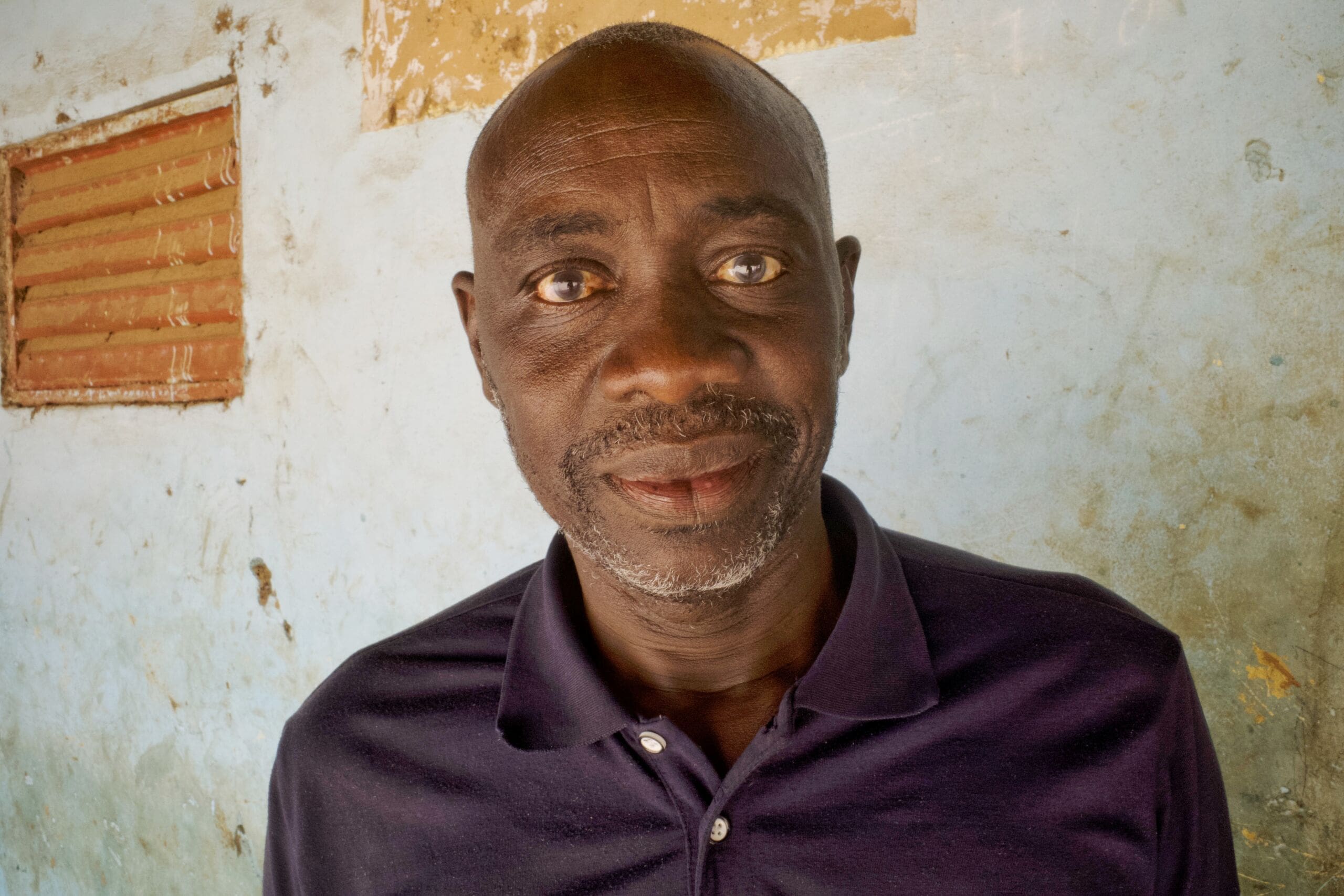
Ansu Kanté said SOCODEVI and other organizations have improved forest health, which has helped the villagers protect their totems.
“A village’s totem has to stay in the village, making it easier for people to access that part of it,” he said. “If the totems move to a faraway forest, the entire population has to travel there—it’s a significant effort.”
“But if they are here, it would be instantaneous. Elders can easily gather and go to the site even late at night or early in the morning.”
Protecting the unseen
Souleymane Sané, a totem guardian and Bona’s leader, stood before a gigantic Kapok tree, a sacred site discovered by the village’s first inhabitants, and explained its significance.
“There’s a demystification of the place,” he said. “Before, no one dared enter because it was so dense.”
“These sites need to be reforested to maintain their mystique. There’s a strong spiritual presence here. If the site is easily discovered, the spirits will migrate elsewhere, demystifying the place,” Sané explained.
As he ended the tour, he said, “There’s an invisible snake following us, but we can’t see it.”
From the Kankourang to totems, maintaining their invisibility–and sacredness–requires the forest to thicken.
